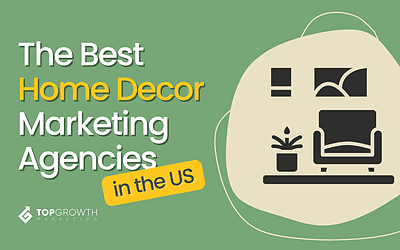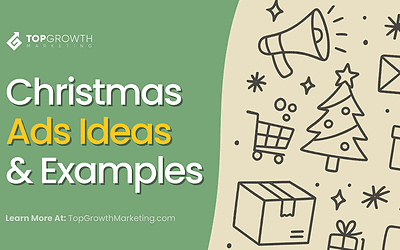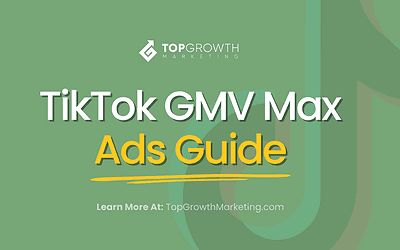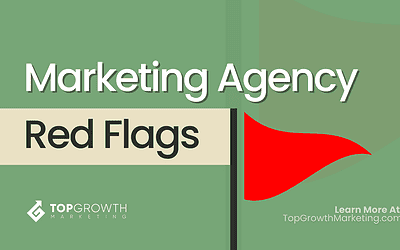We’ve all seen the power of email automation in action.
And as an apparel-focused agency, we rely on this automation on a daily basis to generate value.
We’ve leveraged abandon cart emails, new product launches, and post-purchase upsell emails to drive revenue. But there’s a (not so) secret weapon in our arsenal that often gets overlooked: the email welcome series.
An E-commerce Welcome Email Series Is Simple
The welcome series is a sequence of emails sent to a subscriber right after they join your list.
Think of it as another channel for your content marketing to work its magic.
It’s a series of 3-5 emails, sent over a week or two before they start receiving our regularly scheduled emails.
It’s a powerful tool, boasting four times the open rate and five times the click-through rate compared to other types of email automation.
But why is it so effective?
The answer lies in the power of first impressions and setting expectations. A well-crafted welcome series builds brand awareness and sets the stage for an engaged email list.
It’s a strategic tool that can drive more traffic to our store and increase the likelihood of future purchases.
Setting Goals for Your Welcome Email Series
We all have some sort of welcome sequence, or at least a single welcome email, because it’s considered a “best practice.”
But to truly harness the power of these emails, we need to think strategically and set a goal for our sequence.
Each email should serve this overall goal.
To set a goal, finish this sentence: “All new subscribers should…”. The way you finish that sentence is what you hope to accomplish at the end of the series.
Here are some examples to spark your inspiration:
- “…become familiar with our brand story.”
- “…buy their first product using a welcome discount.”
- “…understand how our brand is different from other options they may be considering.”
- “…start engaging with us on social media.”
- “…have no doubt as to the value of our products.”
- “…be able to decide which product is right for them.”
Every email in your sequence should serve your sequence goal.
Start with the smallest ask and build up to your biggest ask at the end of the sequence.
Crafting a Five-Email Welcome Sequence
Let’s look at a five-email welcome sequence structure, adapted from the sequence recommended by email strategist Eman Ismail. This structure ensures that your sequence builds toward your Big Ask in the final email and builds trust with your brand.
1. Welcome email: Provide what you promised in exchange for your subscriber’s email address and set expectations for your list. Welcome your new subscriber to your community.
2. Introduce your brand and brand story: Share your mission, tell a story about your brand, share your values, and what sets you apart from the competition.
3 (and possibly 4 and even 5) Provide value: Establish that your emails provide value to readers. This could be helping customers decide which product is right for them, sharing how-to videos, answering FAQs, or sharing high-performing educational content.
4+. Make your Big Ask: On your final email in your welcome sequence, it’s time to make your ask. This might be to invite subscribers to shop now, follow you on social, or start a recurring product delivery.
Optimizing Your Welcome Series
Once you have your welcome email sequence structure and content laid out, you can zero in on adjustments that will make a big impact on metrics like open rate and click-through rate.
- Optimizing your subject lines: Ensure that your subject lines are easily read on mobile devices, avoid words commonly filtered by email clients, and make your subject lines compelling but not misleading.
- Optimizing your content: The content of your emails should encourage readers to take the desired action. For your email design, use lots of white space, keep paragraphs short, and use your standard brand fonts, colors, and logos.
- Optimizing your call to action: Include a button for your call to action that stands out from the rest of your email. The button text should be enticing but also as clear as possible. Avoid vague language like “Learn More.” Instead, hint at what “reward” readers will receive by clicking. For example, your button might read, “Watch Our Origin Story Video.”
Measuring the Success of Your Welcome Email Series
Every e-commerce welcome email series should have a goal and goals have outcomes, and outcomes can be measured.
To determine how well your welcome email series is performing, it’s essential to track its performance and analyze the data. Here are some key metrics to keep an eye on:
- Open rate: The percentage of subscribers who open your emails. High open rates indicate that your subject lines are compelling and that subscribers are interested in your content.
- Click-through rate (CTR): The percentage of subscribers who click on links within your emails. A high CTR means that your content and call-to-action (CTA) are engaging and effective.
- Conversion rate: The percentage of subscribers who take a desired action, such as making a purchase or signing up for a newsletter. This indicates whether your welcome email series is successfully driving subscribers to achieve the goals you’ve set for them.
- Unsubscribe rate: The percentage of subscribers who decide to unsubscribe from your email list after receiving your welcome series. A high unsubscribe rate may suggest that your content or messaging needs to be tightened up or isn’t resonating with your audience.
A Well-Crafted Welcome Email Series Can Work Wonders
In the dynamic world of e-commerce, a captivating welcome email series is your secret weapon. It’s more than a simple greeting—it’s the launchpad for an enduring bond with new subscribers. So, let’s step beyond the usual ‘hello.’ Let’s captivate, motivate, and validate our subscribers’ decision to join our community, turning fleeting introductions into lasting connections.
So, what are you waiting for?
Put that subscribe form on every collection, home, and product page of your store, and start collecting emails!






0 Comments